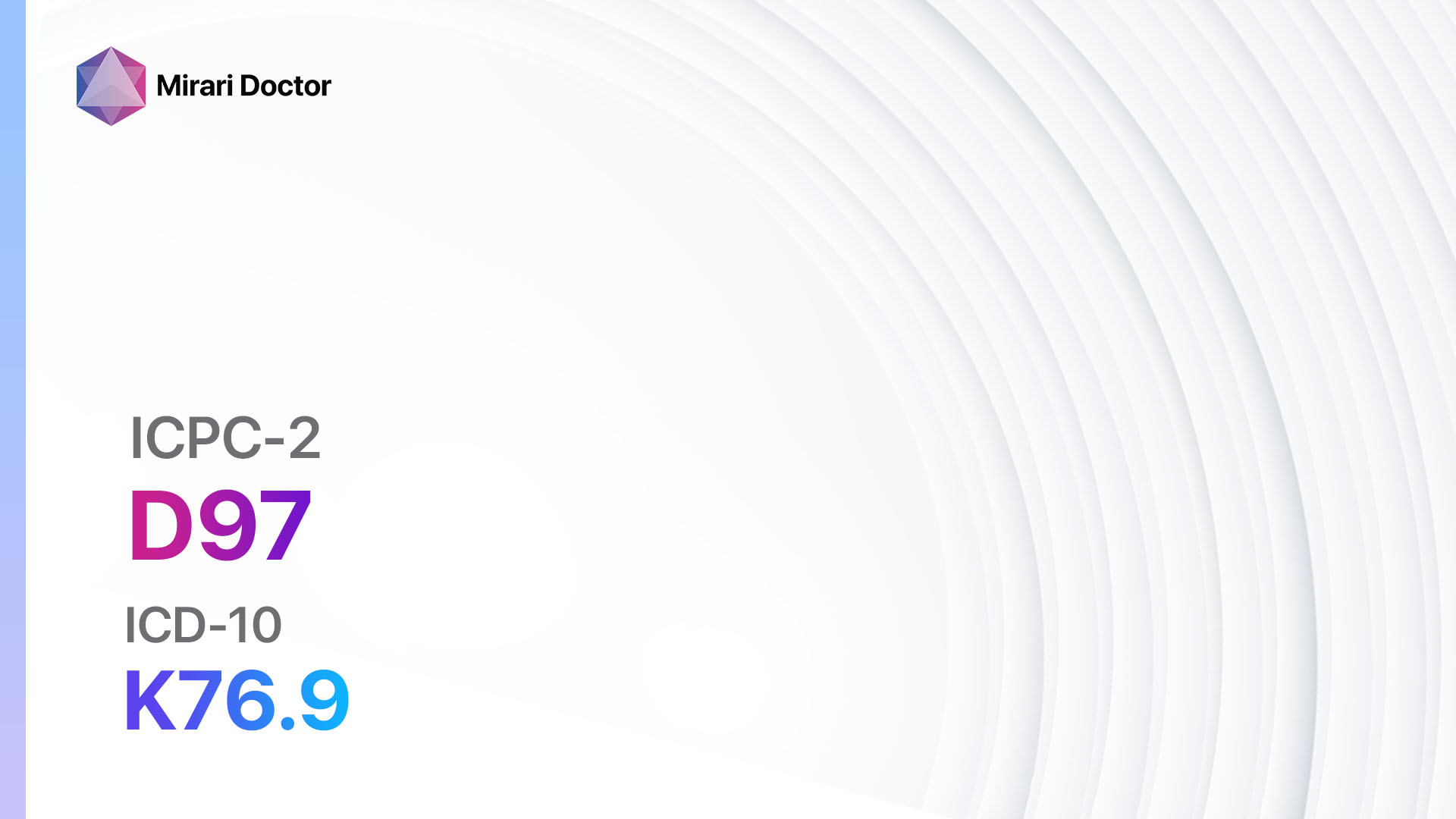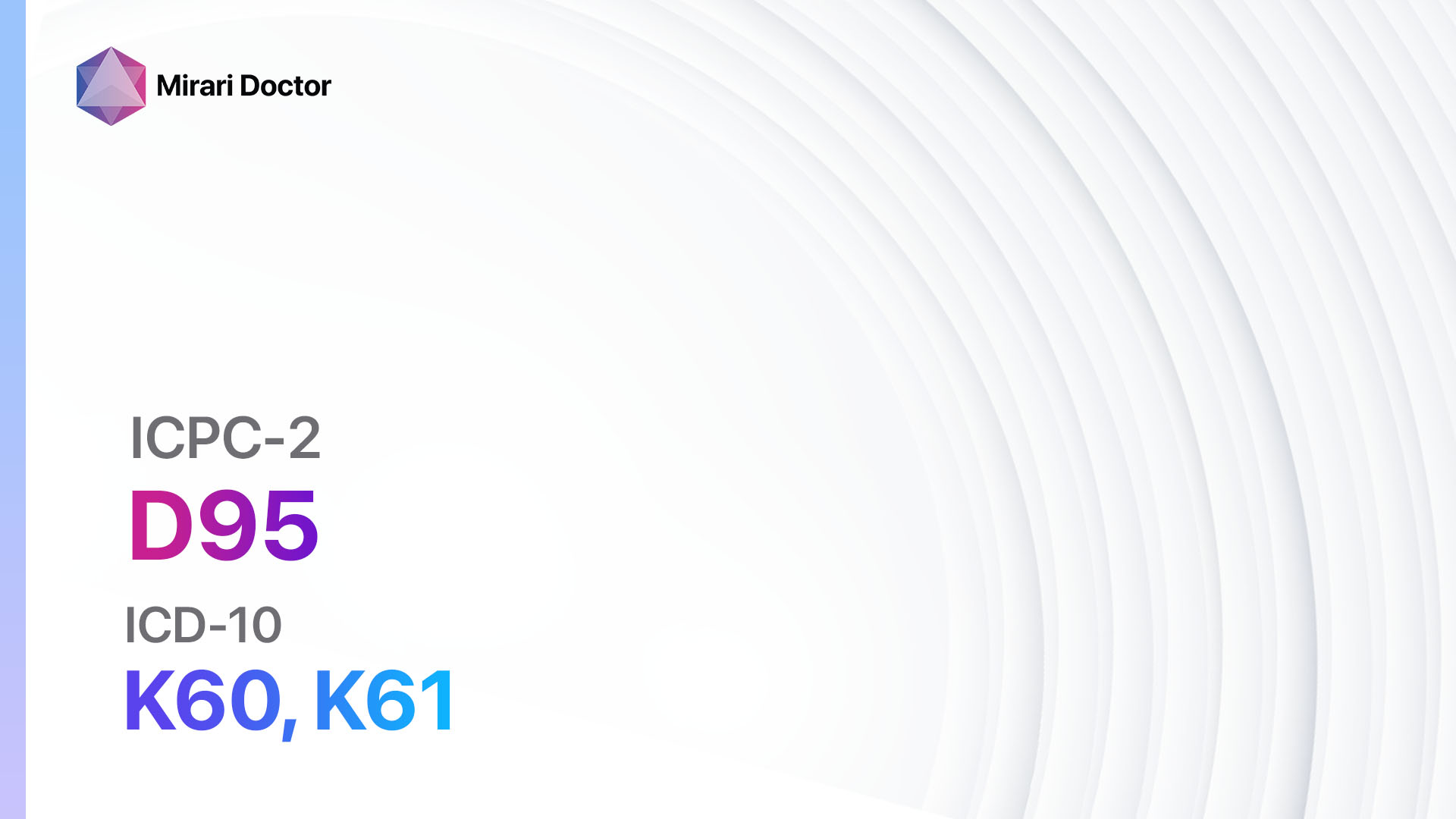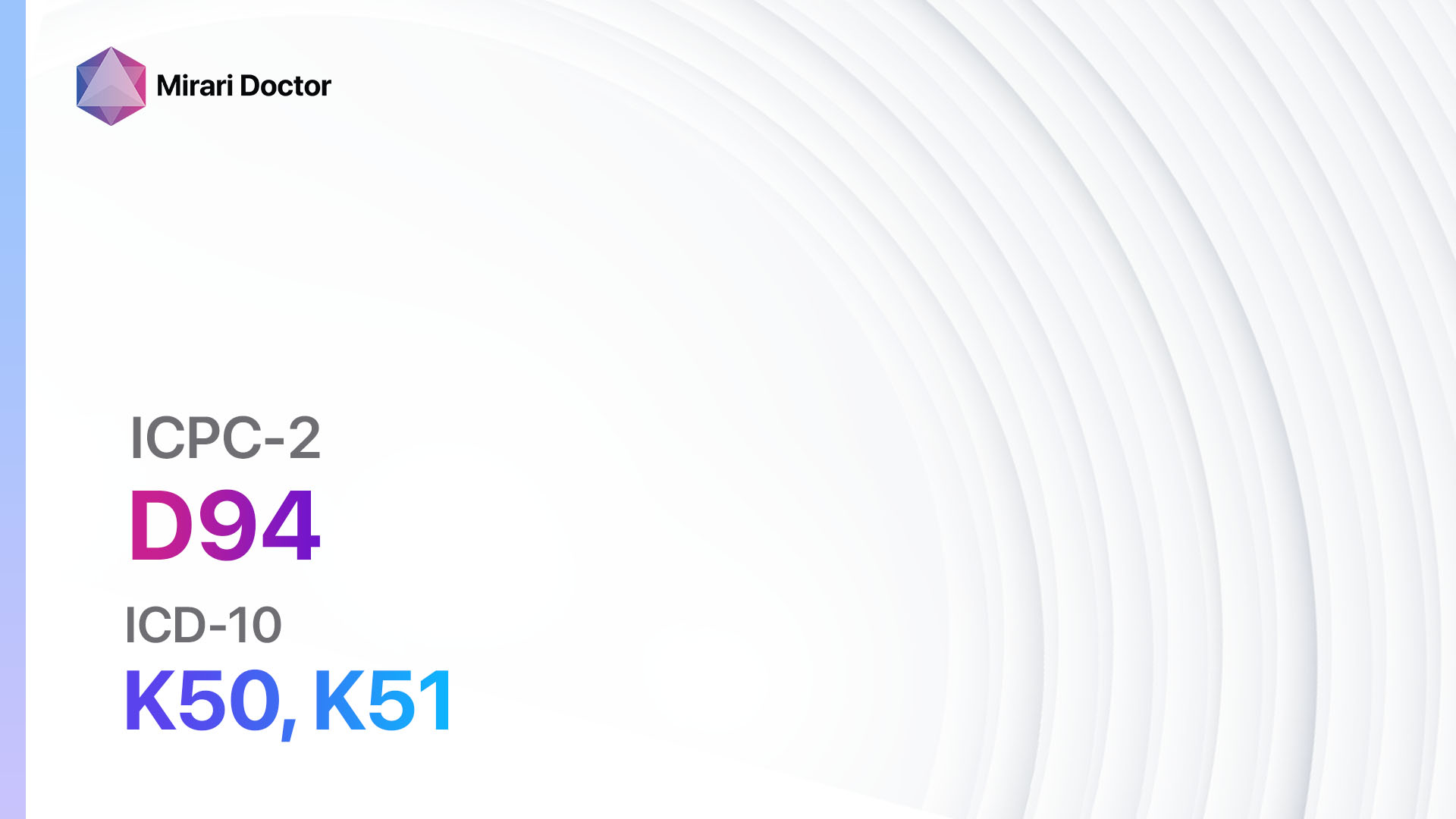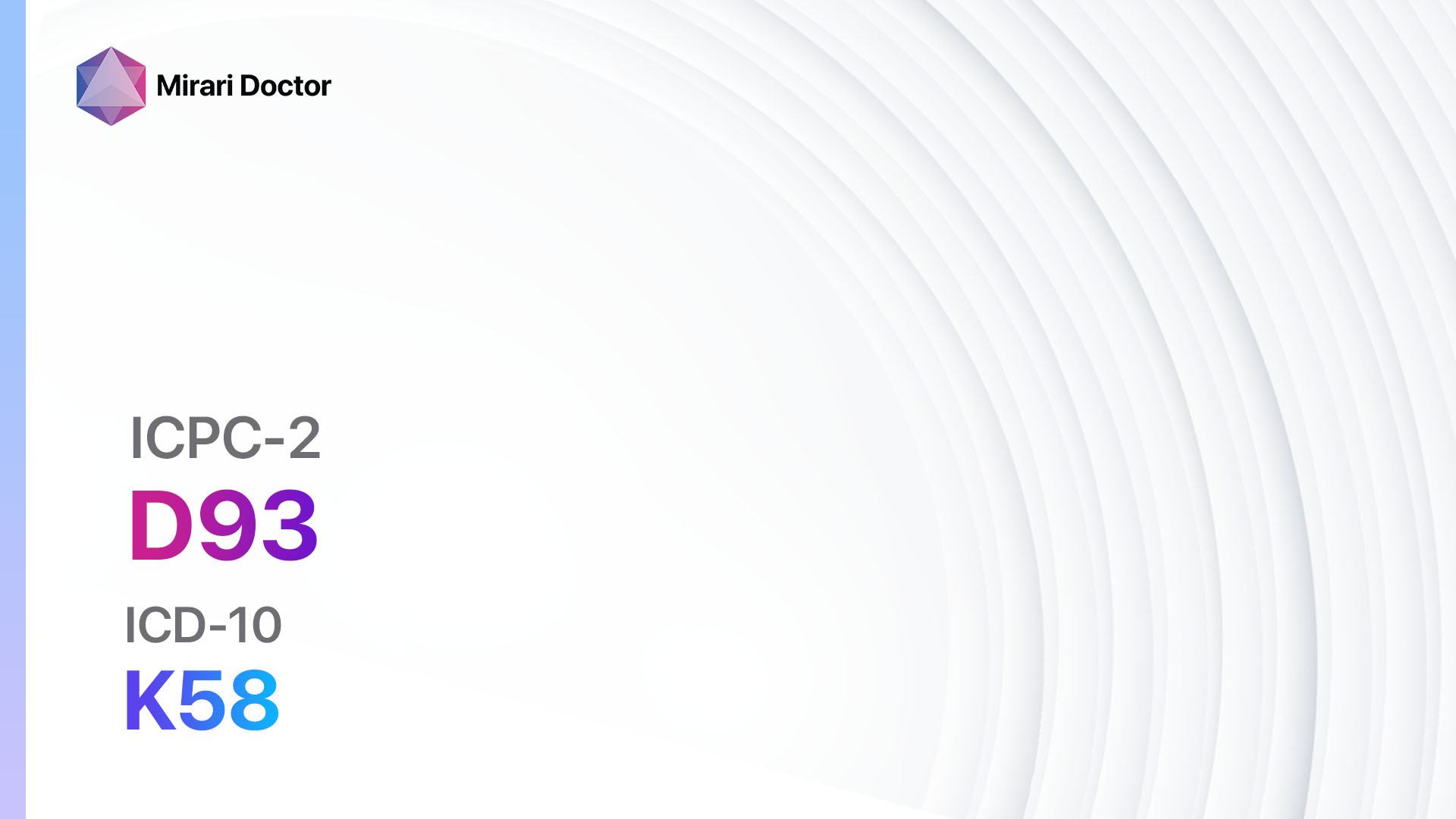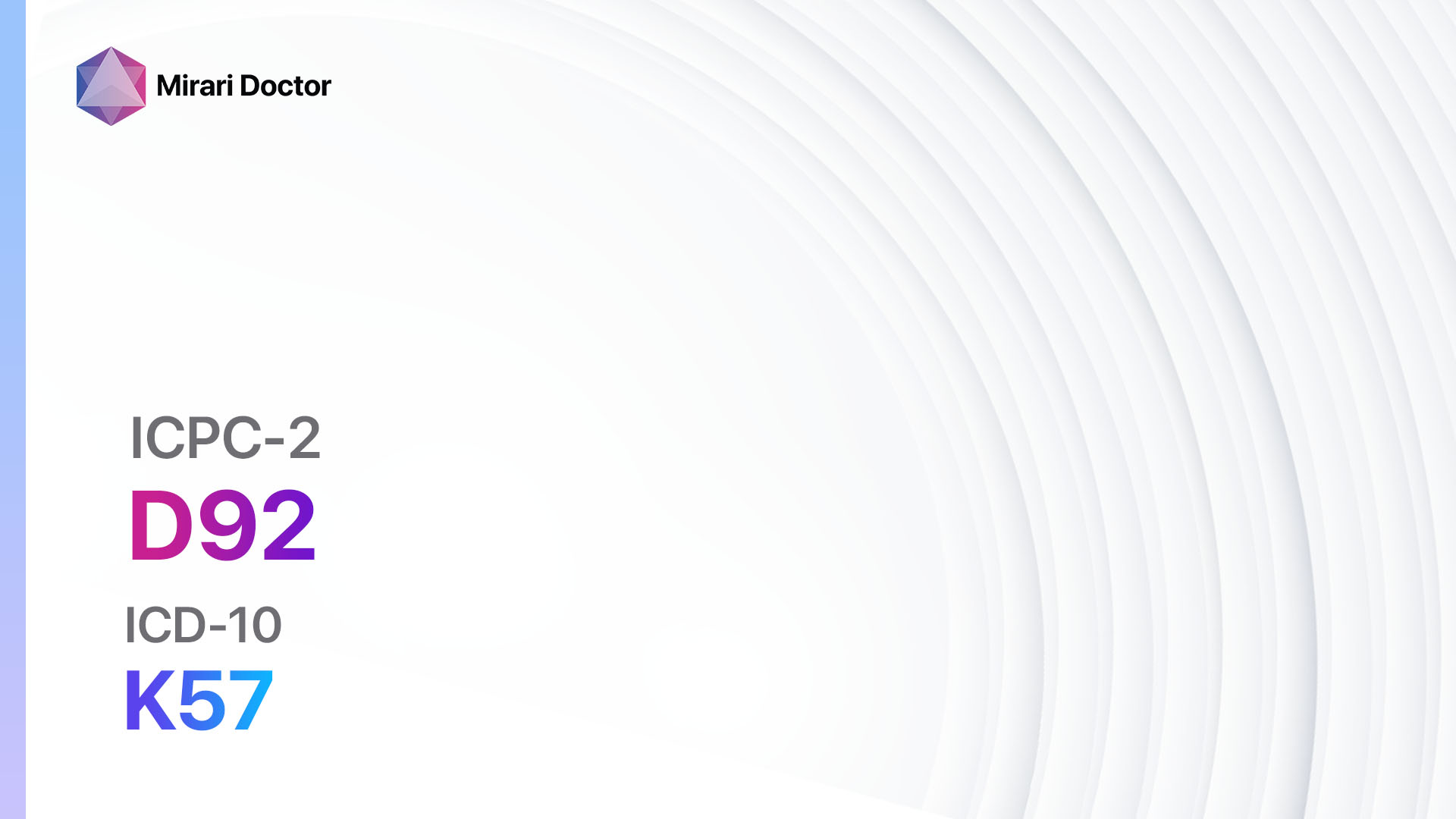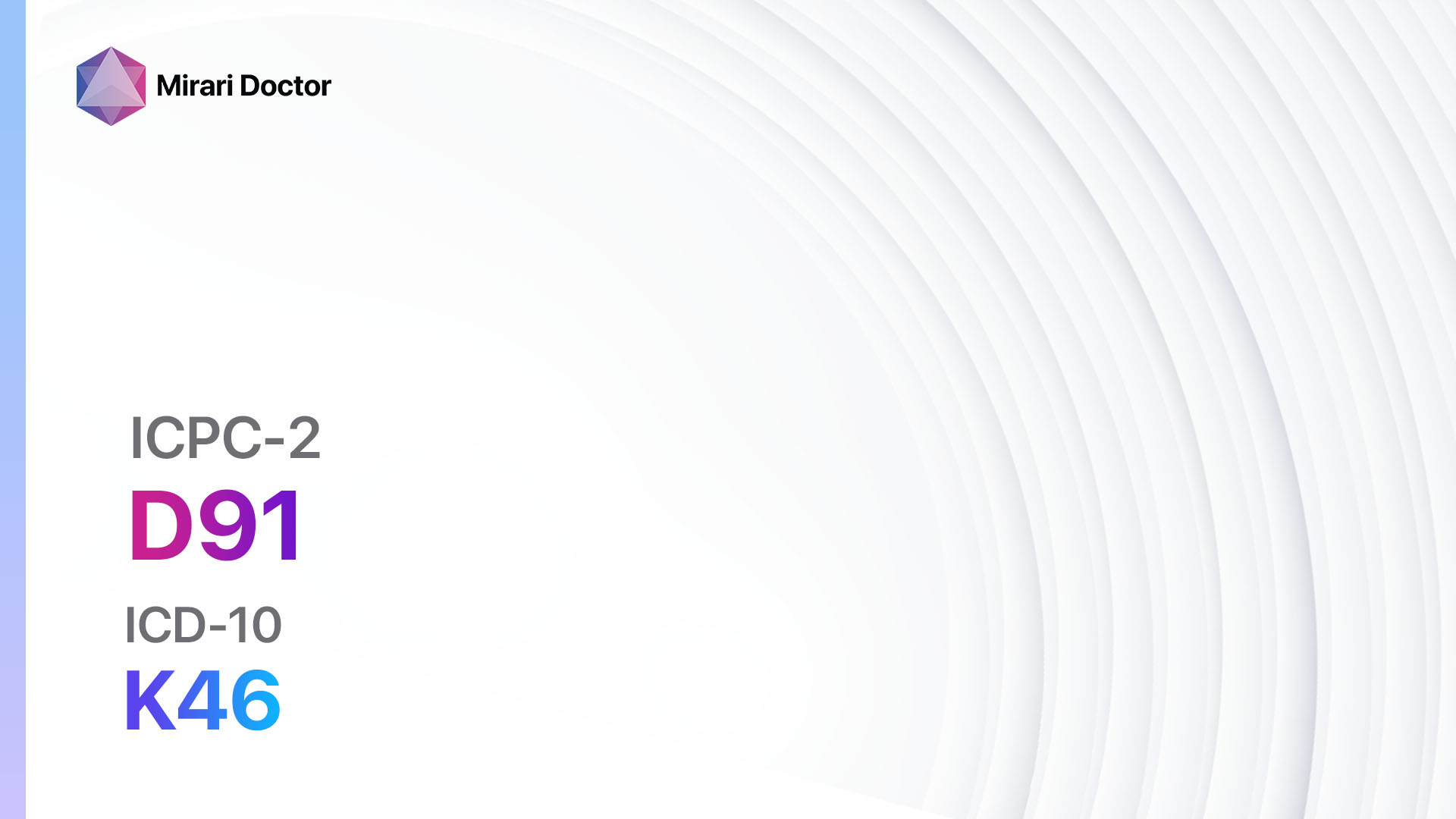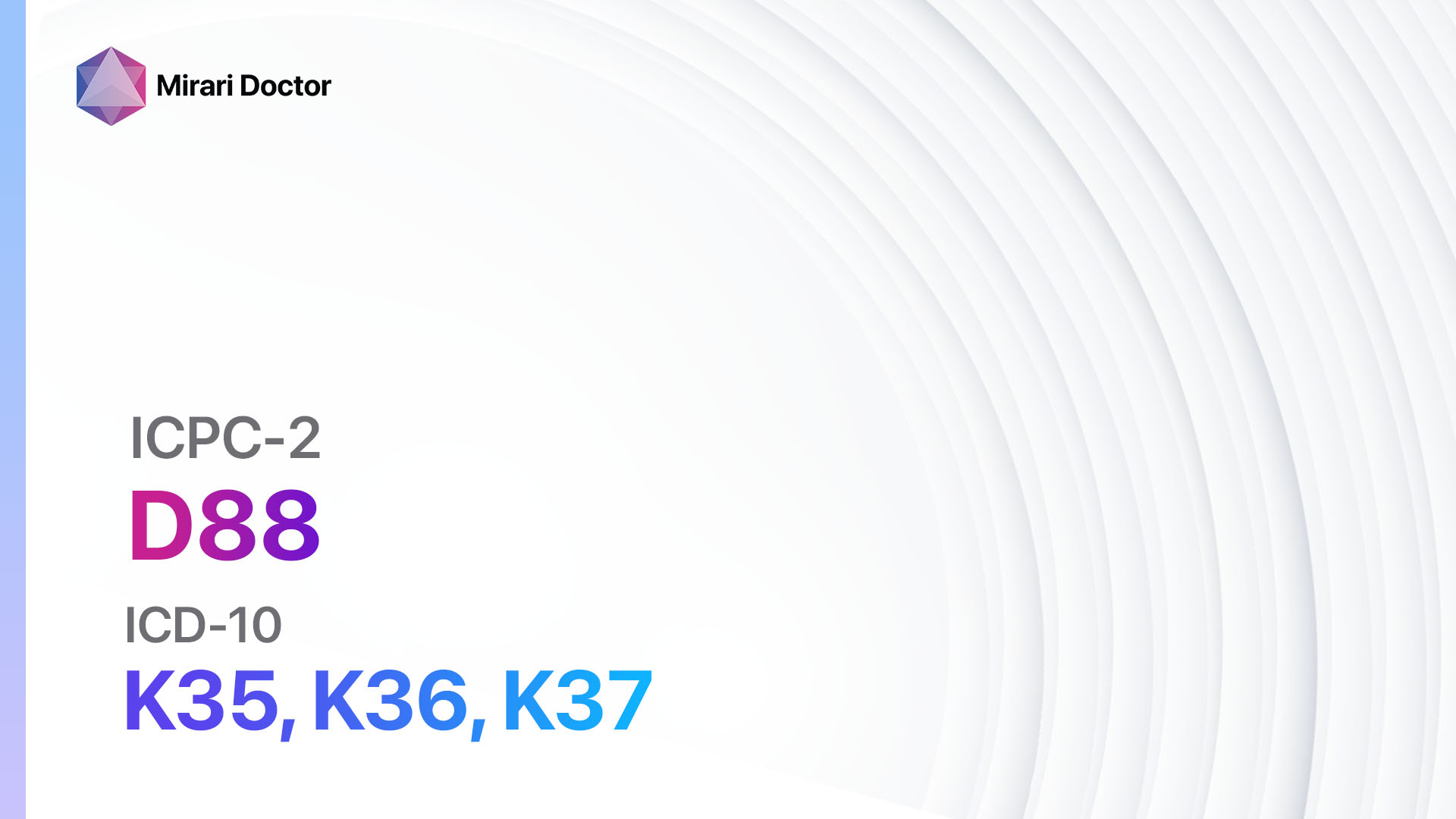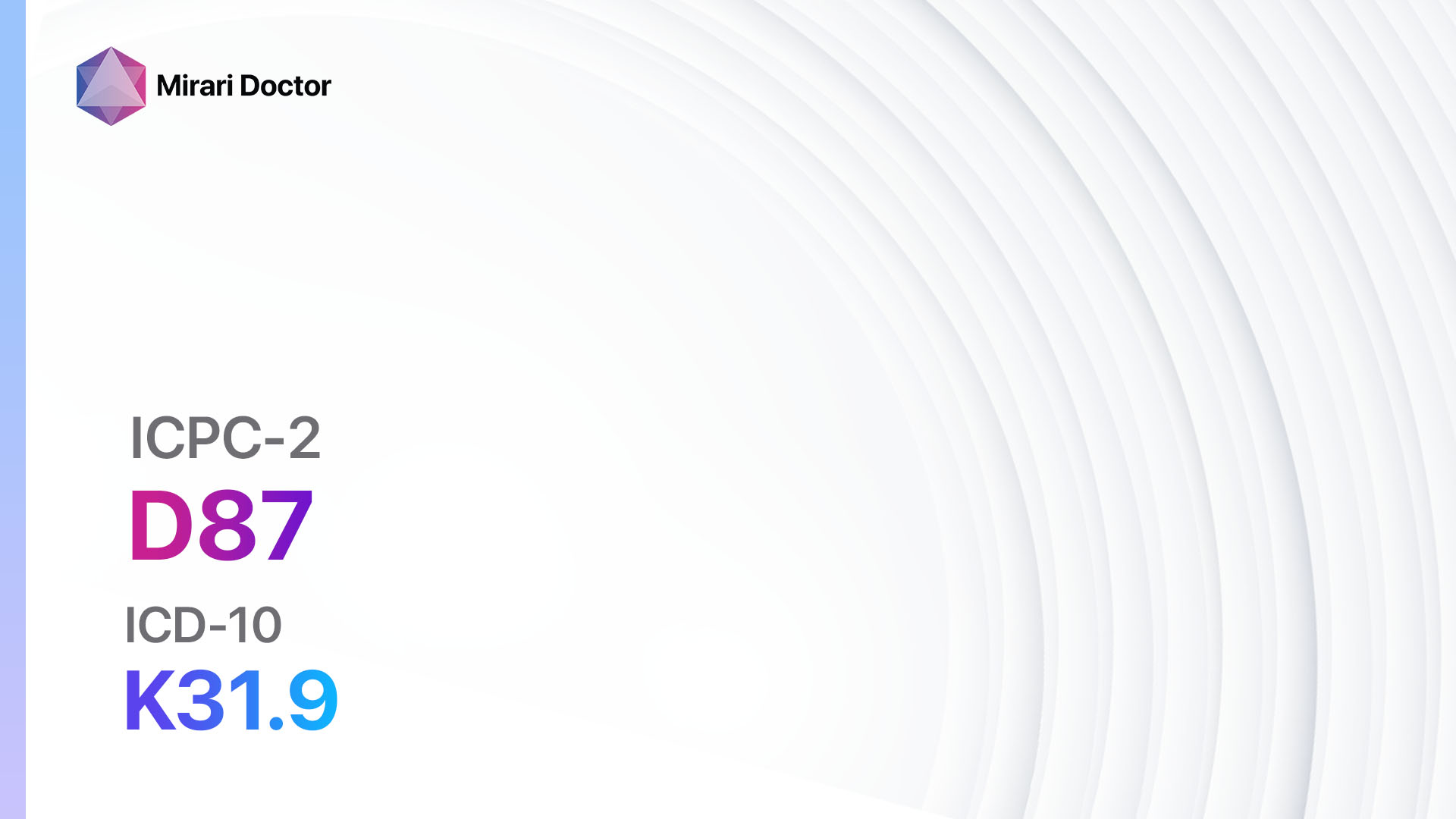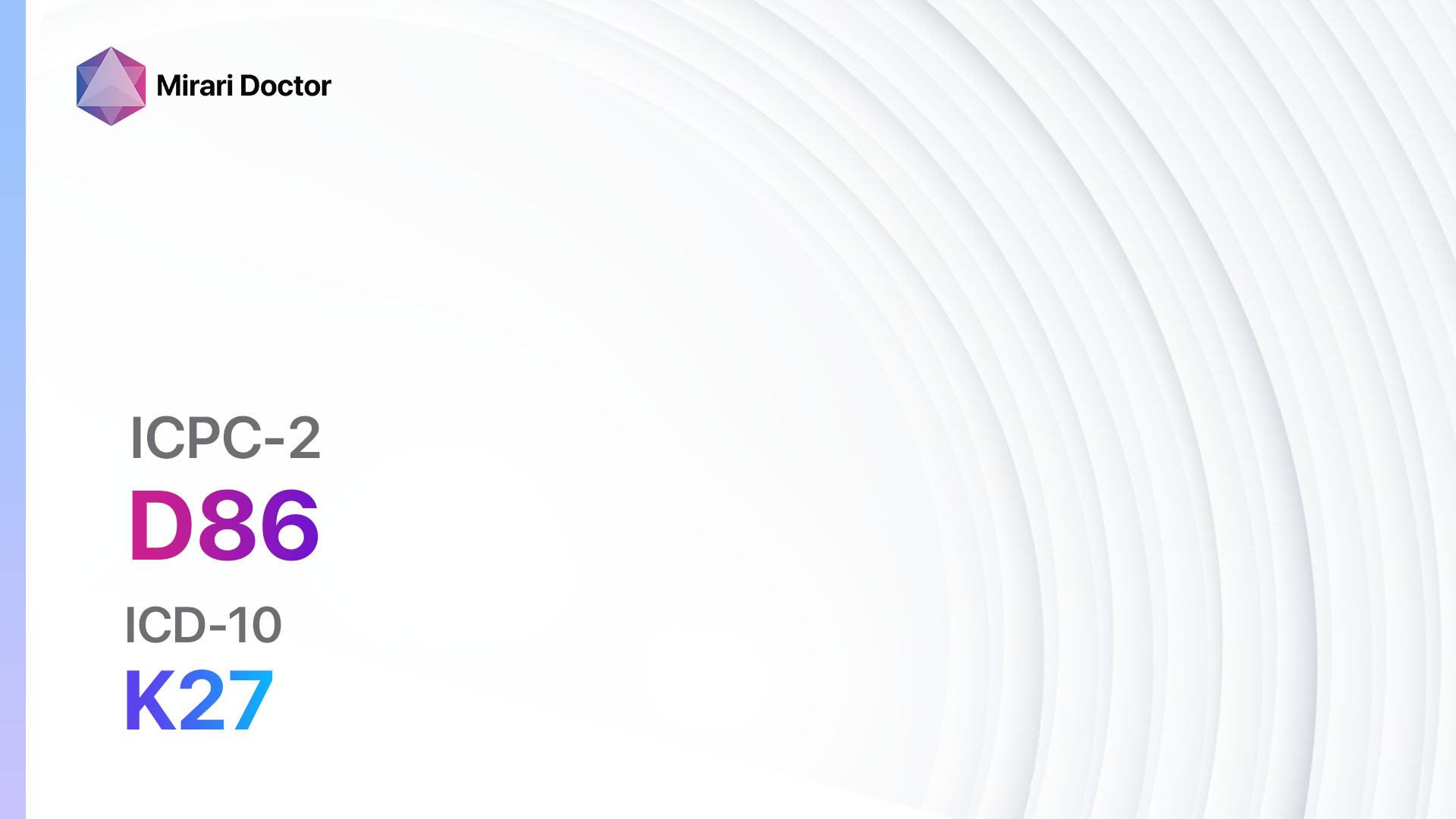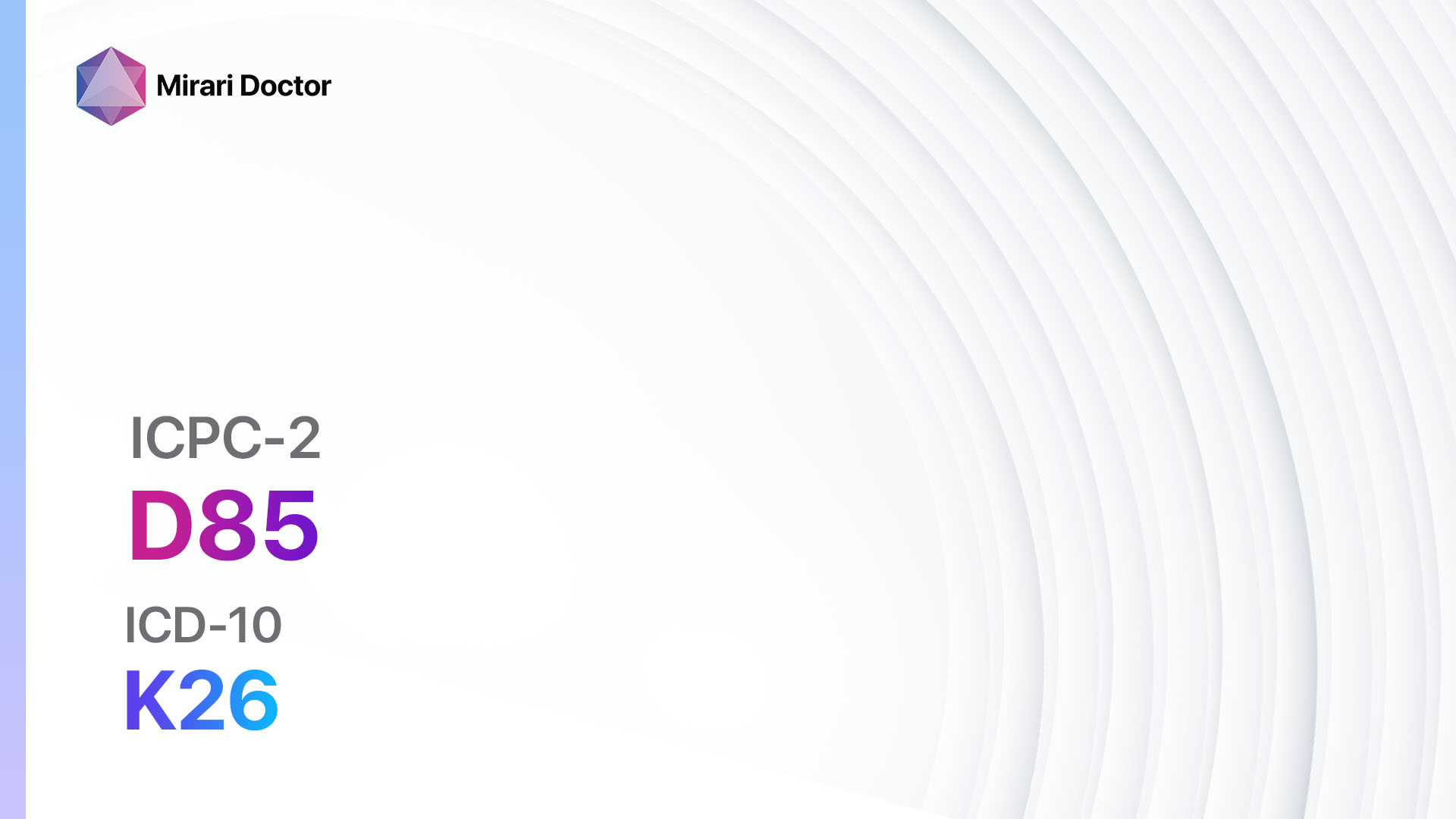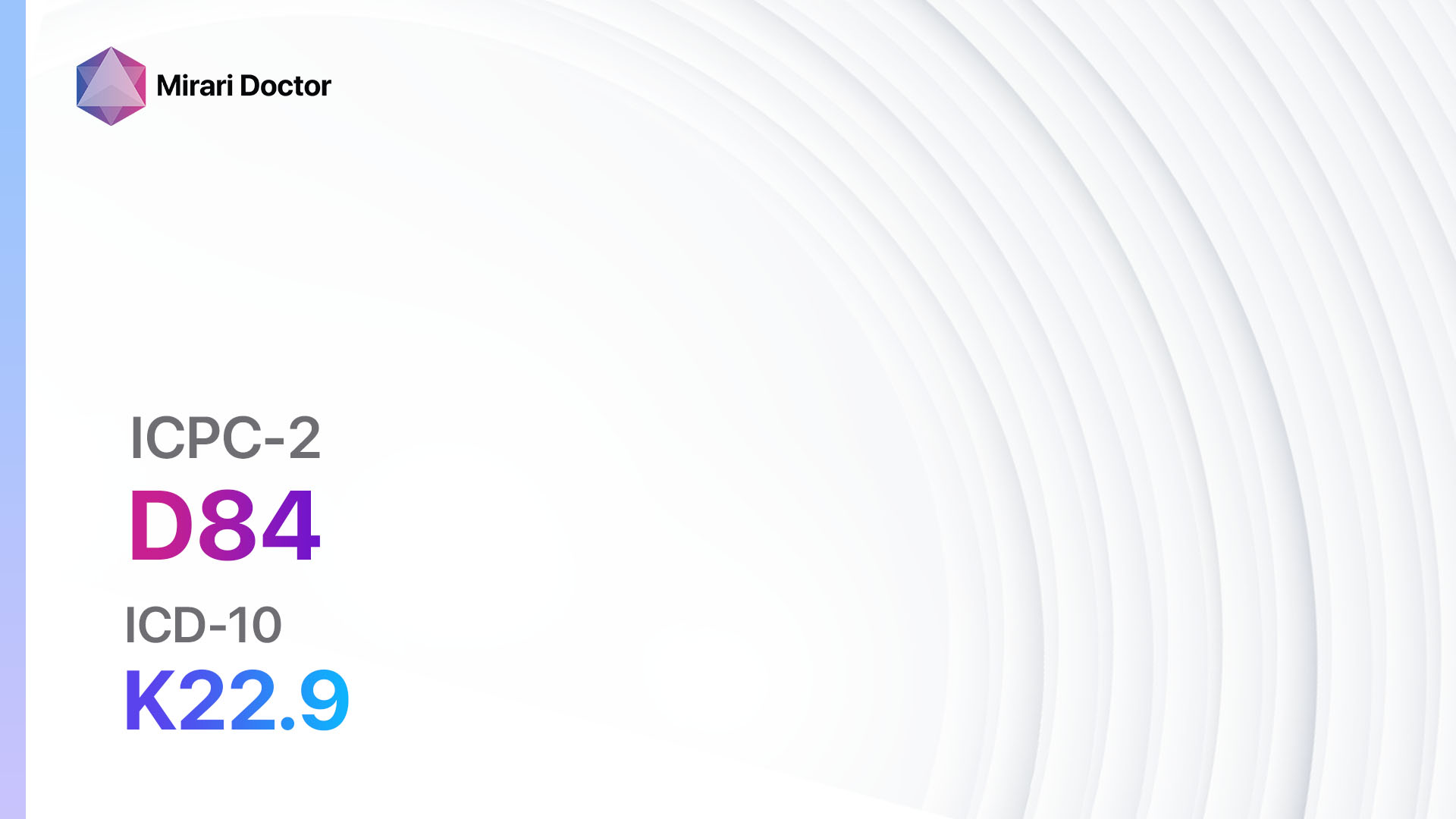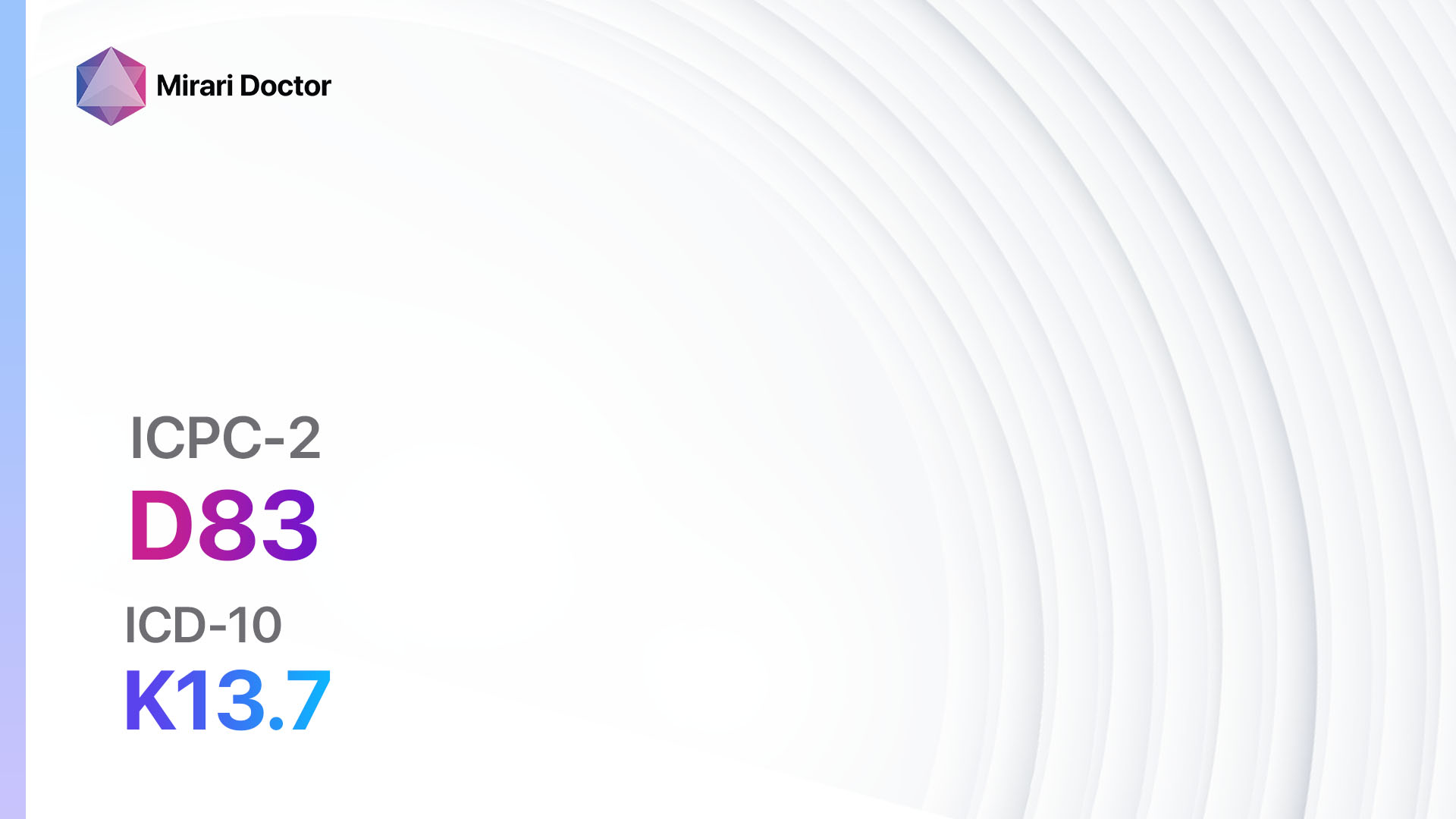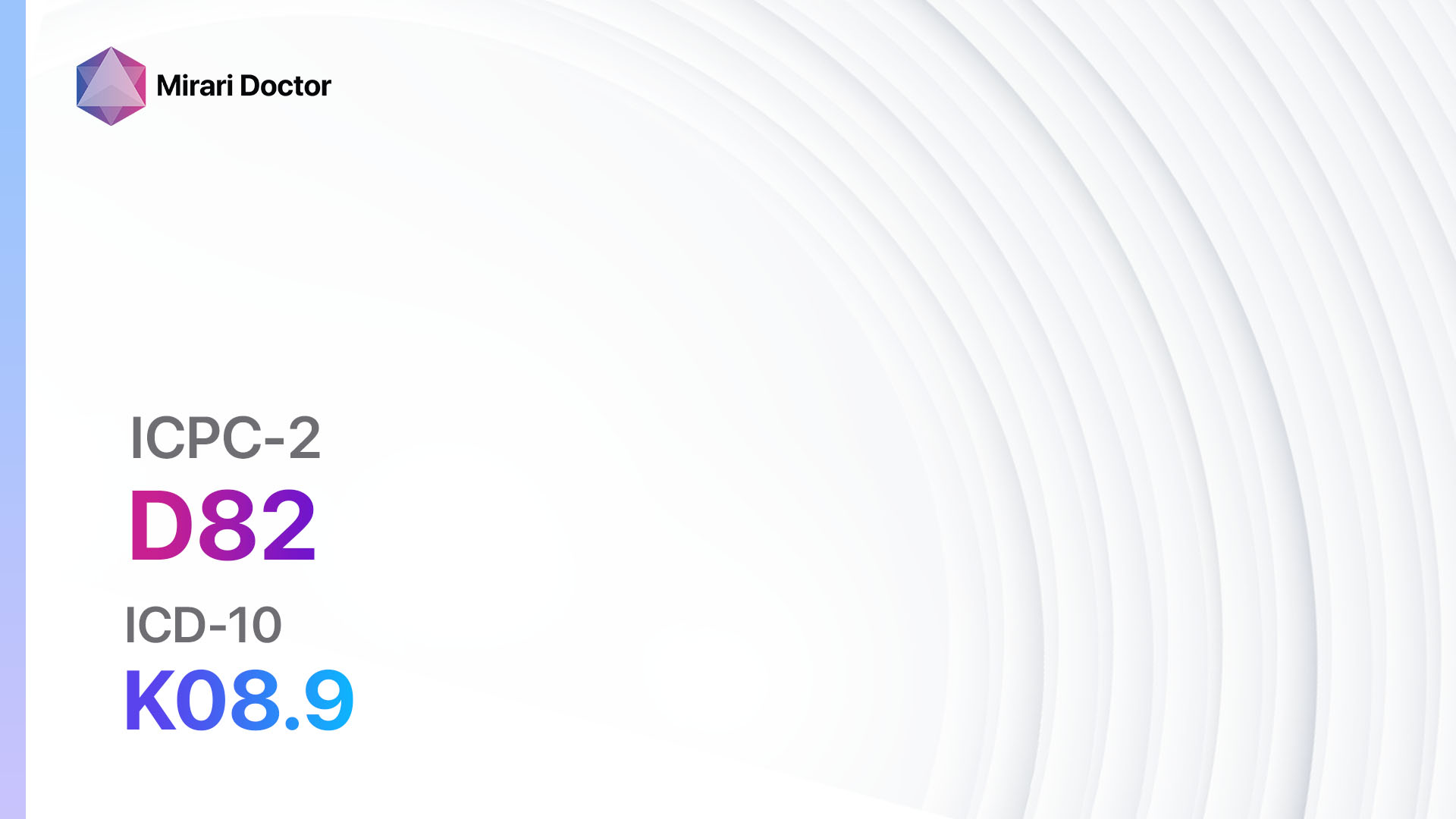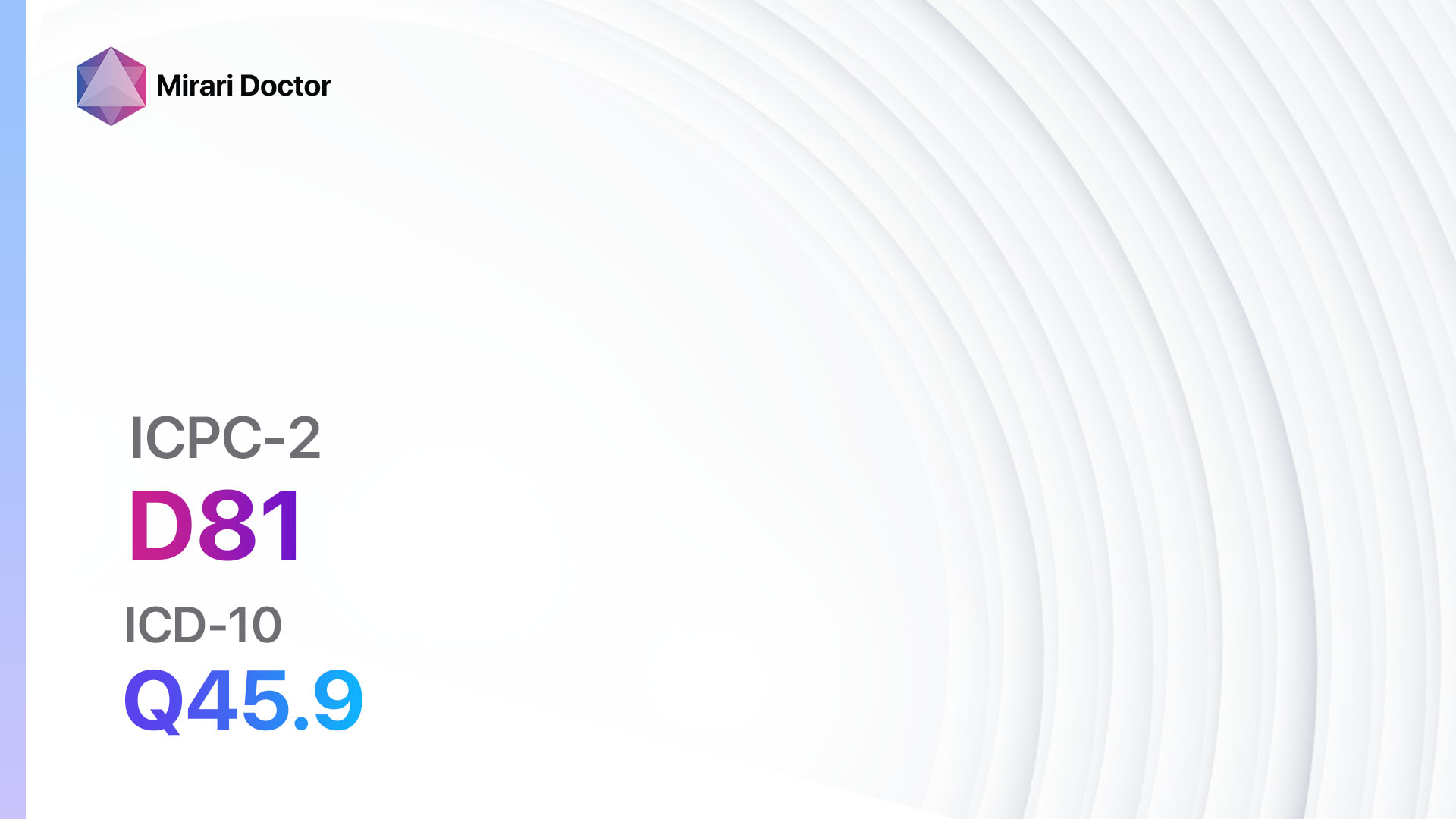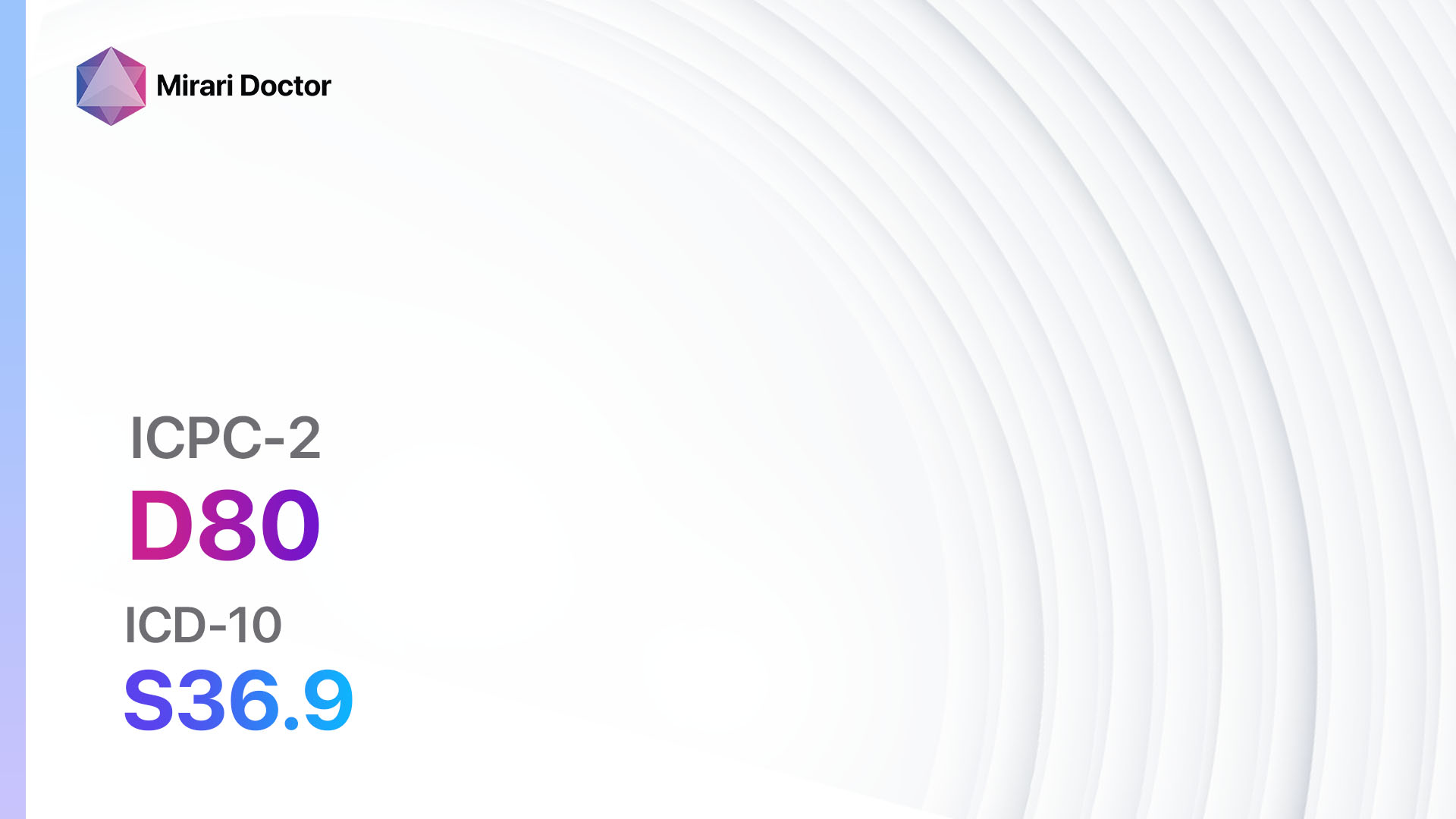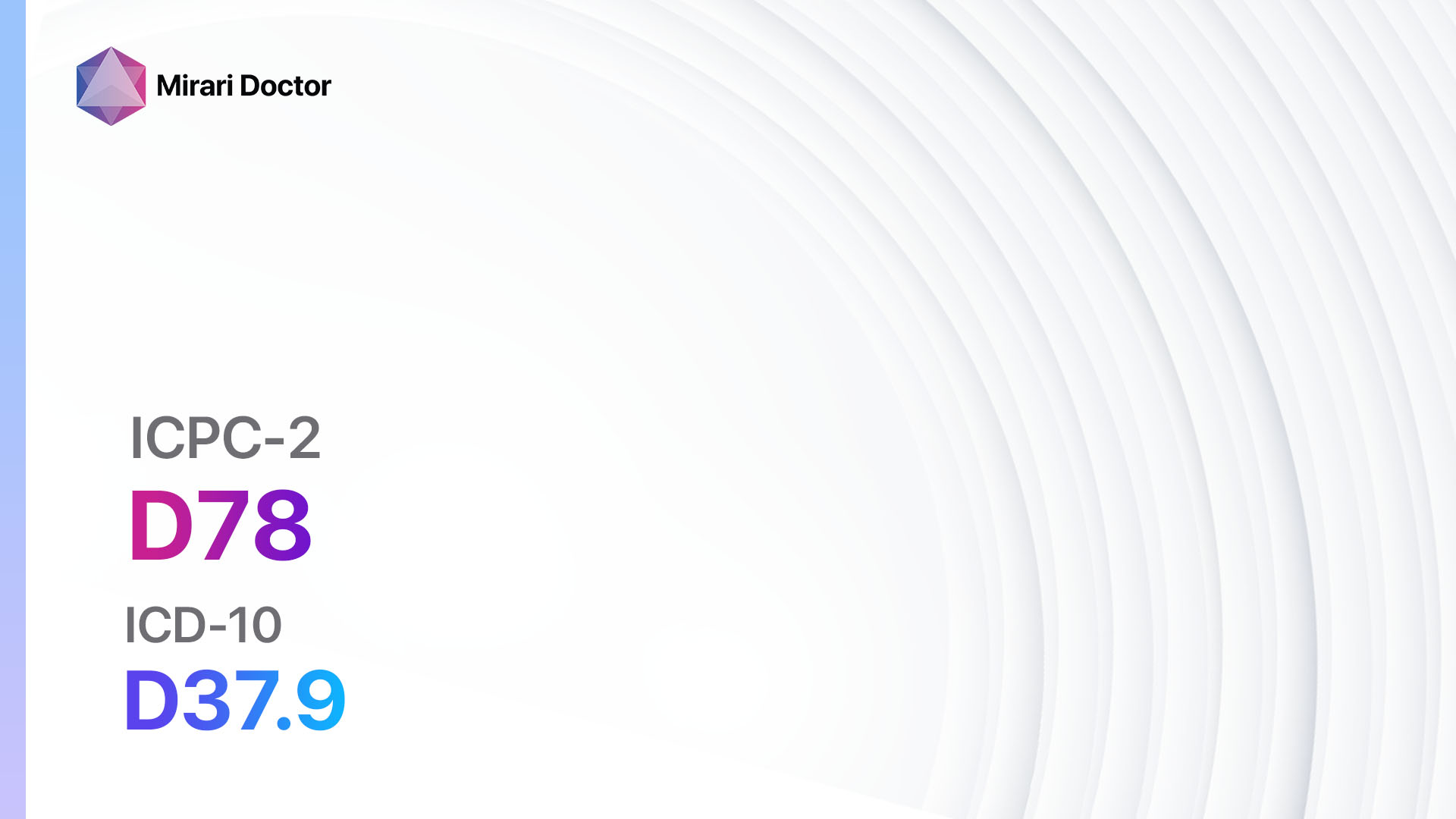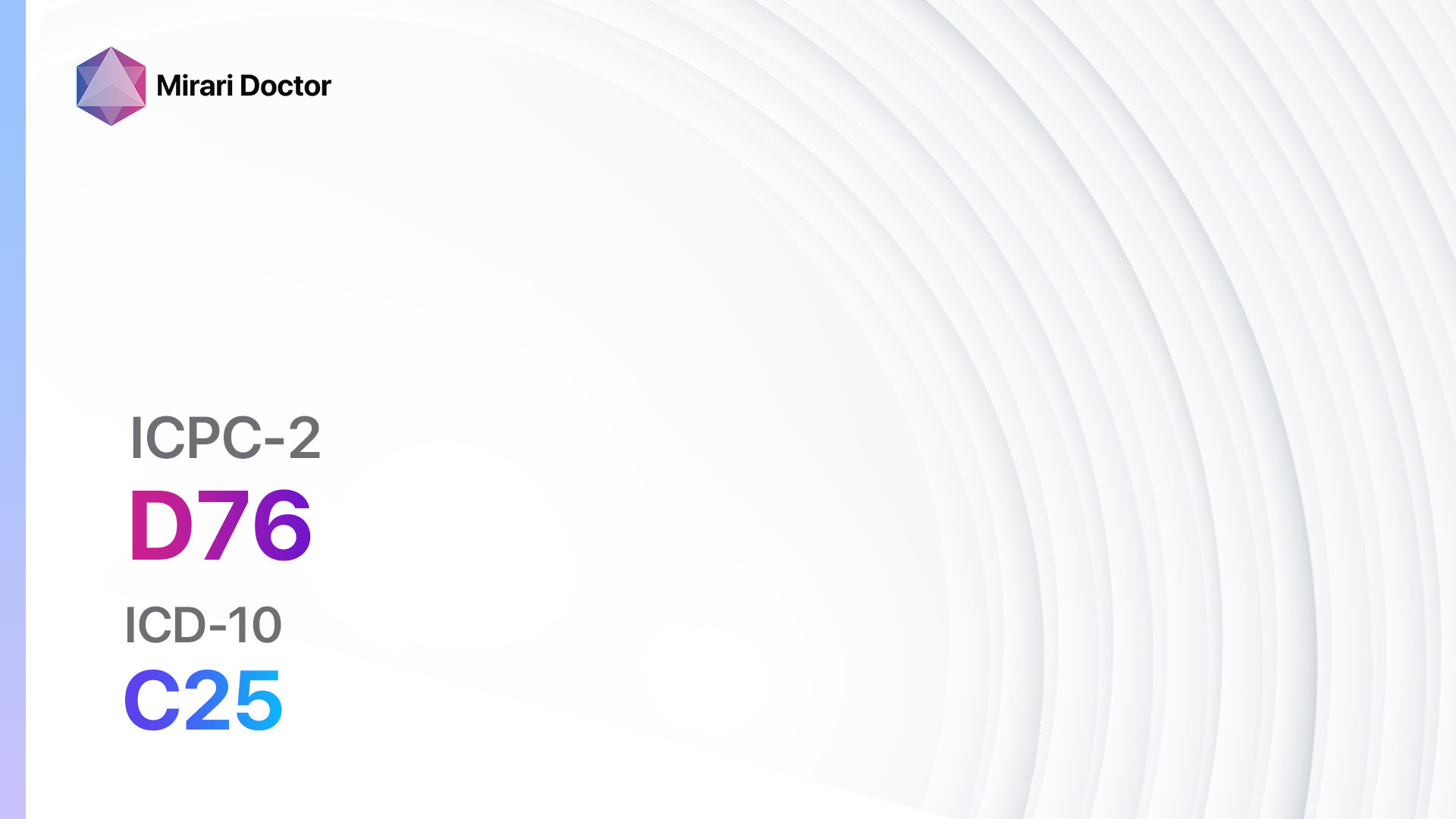
Introduction
Inguinal hernia is a condition characterized by the protrusion of abdominal contents through a weak spot in the inguinal canal[1]. It is a common condition that affects both men and women, with men being more prone to developing inguinal hernias[2]. The aim of this guide is to provide a comprehensive overview of the symptoms, causes, diagnostic steps, possible interventions, and lifestyle interventions for inguinal hernia.
Codes
Symptoms
- Bulge or swelling in the groin or scrotum[3]
- Pain or discomfort in the groin, especially when coughing, bending, or lifting[4]
- A heavy or dragging sensation in the groin
- Weakness or pressure in the groin
- Burning or aching sensation at the site of the bulge[5]
Causes
- Weakness in the abdominal muscles
- Increased pressure in the abdomen due to factors such as heavy lifting, straining during bowel movements, or chronic coughing[6]
- Aging and natural wear and tear of the abdominal muscles
- Congenital defects in the abdominal wall
Diagnostic Steps
Medical History
- Gather information about the patient’s symptoms, including the duration and severity of the symptoms
- Inquire about any previous history of hernias or abdominal surgeries
- Assess for risk factors such as obesity, chronic cough, or a family history of hernias[7]
Physical Examination
- Perform a thorough physical examination of the groin area
- Look for a visible bulge or swelling in the groin or scrotum
- Palpate the area to assess for the presence of a hernia and determine its size and reducibility[8]
- Ask the patient to cough or strain to observe any changes in the hernia
Laboratory Tests
- No specific laboratory tests are required for the diagnosis of inguinal hernia
Diagnostic Imaging
- Imaging studies such as ultrasound or MRI may be used to confirm the diagnosis and assess the size and location of the hernia[9]
- These imaging modalities can also help identify any complications associated with the hernia, such as bowel obstruction or strangulation
Other Tests
- In some cases, a diagnostic laparoscopy may be performed to visualize the hernia and assess its reducibility
- This procedure involves inserting a small camera through a small incision in the abdomen to examine the hernia from the inside
Follow-up and Patient Education
- Provide the patient with information about the diagnosis and treatment options
- Discuss the importance of regular follow-up appointments to monitor the hernia and assess for any complications
- Educate the patient about lifestyle modifications and self-care measures to prevent the worsening of the hernia[10]
Possible Interventions
Traditional Interventions
Medications:
Top 5 drugs for Inguinal Hernia:
- Acetaminophen (e.g., Tylenol):
- Cost: $5-$15 for a bottle of 100 tablets.
- Contraindications: Allergy to acetaminophen.
- Side effects: Rare, but can include liver damage with high doses.
- Severe side effects: Liver failure.
- Drug interactions: Alcohol, other medications containing acetaminophen.
- Warning: Do not exceed the recommended dosage.
- Nonsteroidal anti-inflammatory drugs (NSAIDs) (e.g., Ibuprofen, Naproxen):
- Cost: $5-$20 for a bottle of 100 tablets.
- Contraindications: Active peptic ulcer disease, history of gastrointestinal bleeding.
- Side effects: Upset stomach, heartburn.
- Severe side effects: Gastrointestinal bleeding, kidney damage.
- Drug interactions: Blood thinners, other NSAIDs.
- Warning: Long-term use can increase the risk of cardiovascular events.
- Antacids (e.g., Tums, Maalox):
- Cost: $5-$10 for a bottle of 100 tablets.
- Contraindications: Allergy to antacids.
- Side effects: Constipation or diarrhea.
- Severe side effects: Rare, but can include kidney stones with prolonged use.
- Drug interactions: Certain antibiotics, iron supplements.
- Warning: Do not exceed the recommended dosage.
- Muscle relaxants (e.g., Cyclobenzaprine, Methocarbamol):
- Cost: $10-$30 for a bottle of 30 tablets.
- Contraindications: Allergy to muscle relaxants.
- Side effects: Drowsiness, dizziness.
- Severe side effects: Rare, but can include allergic reactions.
- Drug interactions: Sedatives, alcohol.
- Warning: Avoid driving or operating heavy machinery while taking muscle relaxants.
- Antibiotics (e.g., Amoxicillin, Ciprofloxacin):
- Cost: $10-$50 for a course of treatment.
- Contraindications: Allergy to antibiotics.
- Side effects: Upset stomach, diarrhea.
- Severe side effects: Rare, but can include severe allergic reactions.
- Drug interactions: Certain blood thinners, antacids.
- Warning: Take the full course of antibiotics as prescribed.
Alternative Drugs:
- Herbal supplements (e.g., Turmeric, Ginger): Some herbal supplements may have anti-inflammatory properties and can help reduce pain and inflammation associated with inguinal hernia. Cost: Varies depending on the specific supplement.
- Homeopathic remedies (e.g., Arnica, Rhus toxicodendron): Homeopathic remedies may be used to alleviate symptoms and promote healing. Cost: Varies depending on the specific remedy.
Surgical Procedures:
- Herniorrhaphy: This is the most common surgical procedure for repairing an inguinal hernia. It involves making an incision in the groin, pushing the hernia back into place, and reinforcing the weakened abdominal wall with sutures or mesh. Cost: $5,000-$15,000.
- Laparoscopic hernia repair: This minimally invasive procedure involves making several small incisions in the abdomen and using a laparoscope to guide the repair. It offers faster recovery and less post-operative pain compared to traditional herniorrhaphy. Cost: $10,000-$20,000.
Alternative Interventions
- Physical therapy: Physical therapy exercises can help strengthen the abdominal muscles and reduce the risk of hernia recurrence. Cost: $50-$150 per session.
- Acupuncture: Acupuncture may help alleviate pain and promote healing. Cost: $60-$120 per session.
- Chiropractic care: Chiropractic adjustments can help improve alignment and reduce strain on the abdominal muscles. Cost: $50-$150 per session.
- Herbal supplements: Some herbs, such as chamomile and marshmallow root, may have anti-inflammatory properties and can help reduce pain and inflammation associated with inguinal hernia. Cost: Varies depending on the specific supplement.
- Nutritional therapy: A balanced diet rich in fruits, vegetables, and lean proteins can support overall health and promote healing. Cost: Varies depending on dietary choices.
Lifestyle Interventions
- Weight management: Maintaining a healthy weight can reduce the strain on the abdominal muscles and decrease the risk of hernia recurrence. Cost: Varies depending on dietary choices and exercise preferences.
- Avoiding heavy lifting: Limiting or avoiding heavy lifting can prevent further strain on the weakened abdominal muscles. Cost: None.
- Smoking cessation: Quitting smoking can improve overall health and reduce the risk of complications associated with hernia repair surgery. Cost: Varies depending on smoking cessation methods.
- Regular exercise: Engaging in regular exercise, such as walking or swimming, can help strengthen the abdominal muscles and reduce the risk of hernia recurrence. Cost: Varies depending on exercise preferences.
It is important to note that the cost ranges provided are approximate and may vary depending on the location and availability of the interventions. It is recommended to consult with a healthcare professional for personalized treatment options and cost estimates.
Mirari Cold Plasma Alternative Intervention
Understanding Mirari Cold Plasma
- Safe and Non-Invasive Treatment: Mirari Cold Plasma is a safe and non-invasive treatment option for various skin conditions. It does not require incisions, minimizing the risk of scarring, bleeding, or tissue damage.
- Efficient Extraction of Foreign Bodies: Mirari Cold Plasma facilitates the removal of foreign bodies from the skin by degrading and dissociating organic matter, allowing easier access and extraction.
- Pain Reduction and Comfort: Mirari Cold Plasma has a local analgesic effect, providing pain relief during the treatment, making it more comfortable for the patient.
- Reduced Risk of Infection: Mirari Cold Plasma has antimicrobial properties, effectively killing bacteria and reducing the risk of infection.
- Accelerated Healing and Minimal Scarring: Mirari Cold Plasma stimulates wound healing and tissue regeneration, reducing healing time and minimizing the formation of scars.
Mirari Cold Plasma Prescription
Video instructions for using Mirari Cold Plasma Device – D89 Inguinal hernia (ICD-10:K40)
| Mild | Moderate | Severe |
| Mode setting: 1 (Infection) Location: 2 (Prostate & Uterus) Morning: 15 minutes, Evening: 15 minutes |
Mode setting: 1 (Infection) Location: 2 (Prostate & Uterus) Morning: 30 minutes, Lunch: 30 minutes, Evening: 30 minutes |
Mode setting: 1 (Infection) Location: 2 (Prostate & Uterus) Morning: 30 minutes, Lunch: 30 minutes, Evening: 30 minutes |
| Mode setting: 2 (Wound Healing) Location: 2 (Prostate & Uterus) Morning: 15 minutes, Evening: 15 minutes |
Mode setting: 2 (Wound Healing) Location: 2 (Prostate & Uterus) Morning: 30 minutes, Lunch: 30 minutes, Evening: 30 minutes |
Mode setting: 2 (Wound Healing) Location: 2 (Prostate & Uterus) Morning: 30 minutes, Lunch: 30 minutes, Evening: 30 minutes |
| Mode setting: 3 (Antiviral Therapy) Location: 3 (Kidney, Liver & Spleen) Morning: 15 minutes, Evening: 15 minutes |
Mode setting:3 (Antiviral Therapy) Location: 3 (Kidney, Liver & Spleen) Morning: 30 minutes, Lunch: 30 minutes, Evening: 30 minutes |
Mode setting: 3 (Antiviral Therapy) Location: 3 (Kidney, Liver & Spleen) Morning: 30 minutes, Lunch: 30 minutes, Evening: 30 minutes |
| Mode setting: 7 (Immunotherapy) Location: 1 (Sacrum) Morning: 15 minutes, Evening: 15 minutes |
Mode setting: 7 (Immunotherapy) Location: 1 (Sacrum) Morning: 30 minutes, Lunch: 30 minutes, Evening: 30 minutes |
Mode setting: 7 (Immunotherapy) Location: 1 (Sacrum) Morning: 30 minutes, Lunch: 30 minutes, Evening: 30 minutes |
| Total Morning: 60 minutes approx. $10 USD, Evening: 60 minutes approx. $10 USD |
Total Morning: 120 minutes approx. $20 USD, Lunch: 120 minutes approx. $20 USD, Evening: 120 minutes approx. $20 USD, |
Total Morning: 120 minutes approx. $20 USD, Lunch: 120 minutes approx. $20 USD, Evening: 120 minutes approx. $20 USD, |
| Usual treatment for 7-60 days approx. $140 USD – $1200 USD | Usual treatment for 6-8 weeks approx. $2,520 USD – $3,360 USD |
Usual treatment for 3-6 months approx. $5,400 USD – $10,800 USD
|
 |
|
Use the Mirari Cold Plasma device to treat Inguinal hernia effectively.
WARNING: MIRARI COLD PLASMA IS DESIGNED FOR THE HUMAN BODY WITHOUT ANY ARTIFICIAL OR THIRD PARTY PRODUCTS. USE OF OTHER PRODUCTS IN COMBINATION WITH MIRARI COLD PLASMA MAY CAUSE UNPREDICTABLE EFFECTS, HARM OR INJURY. PLEASE CONSULT A MEDICAL PROFESSIONAL BEFORE COMBINING ANY OTHER PRODUCTS WITH USE OF MIRARI.
Step 1: Cleanse the Skin
- Start by cleaning the affected area of the skin with a gentle cleanser or mild soap and water. Gently pat the area dry with a clean towel.
Step 2: Prepare the Mirari Cold Plasma device
- Ensure that the Mirari Cold Plasma device is fully charged or has fresh batteries as per the manufacturer’s instructions. Make sure the device is clean and in good working condition.
- Switch on the Mirari device using the power button or by following the specific instructions provided with the device.
- Some Mirari devices may have adjustable settings for intensity or treatment duration. Follow the manufacturer’s instructions to select the appropriate settings based on your needs and the recommended guidelines.
Step 3: Apply the Device
- Place the Mirari device in direct contact with the affected area of the skin. Gently glide or hold the device over the skin surface, ensuring even coverage of the area experiencing.
- Slowly move the Mirari device in a circular motion or follow a specific pattern as indicated in the user manual. This helps ensure thorough treatment coverage.
Step 4: Monitor and Assess:
- Keep track of your progress and evaluate the effectiveness of the Mirari device in managing your Inguinal hernia. If you have any concerns or notice any adverse reactions, consult with your health care professional.
Note
This guide is for informational purposes only and should not replace the advice of a medical professional. Always consult with your healthcare provider or a qualified medical professional for personal advice, diagnosis, or treatment. Do not solely rely on the information presented here for decisions about your health. Use of this information is at your own risk. The authors of this guide, nor any associated entities or platforms, are not responsible for any potential adverse effects or outcomes based on the content.
Mirari Cold Plasma System Disclaimer
- Purpose: The Mirari Cold Plasma System is a Class 2 medical device designed for use by trained healthcare professionals. It is registered for use in Thailand and Vietnam. It is not intended for use outside of these locations.
- Informational Use: The content and information provided with the device are for educational and informational purposes only. They are not a substitute for professional medical advice or care.
- Variable Outcomes: While the device is approved for specific uses, individual outcomes can differ. We do not assert or guarantee specific medical outcomes.
- Consultation: Prior to utilizing the device or making decisions based on its content, it is essential to consult with a Certified Mirari Tele-Therapist and your medical healthcare provider regarding specific protocols.
- Liability: By using this device, users are acknowledging and accepting all potential risks. Neither the manufacturer nor the distributor will be held accountable for any adverse reactions, injuries, or damages stemming from its use.
- Geographical Availability: This device has received approval for designated purposes by the Thai and Vietnam FDA. As of now, outside of Thailand and Vietnam, the Mirari Cold Plasma System is not available for purchase or use.
References
- Inguinal Hernia: Exploring Causes, Symptoms and Treatment Options. Metropolis India. https://www.metropolisindia.com/blog/preventive-healthcare/inguinal-hernia-exploring-causes-symptoms-and-treatment-options
- Inguinal Hernia – StatPearls – NCBI Bookshelf. https://www.ncbi.nlm.nih.gov/books/NBK513332/
- Inguinal Hernia – Symptoms, Causes and Treatment – Ada Health. https://ada.com/conditions/inguinal-hernia/
- Inguinal hernia examination | PPT – SlideShare. https://www.slideshare.net/mohamedmouradaly/inguinal-hernia-examination
- Inguinal Hernia | Causes, Symptoms, Diagnosis & Treatment. Cincinnati Children’s. https://www.cincinnatichildrens.org/health/i/inguinal-hernia
- Abdominal Hernias Clinical Presentation – Medscape Reference. https://emedicine.medscape.com/article/189563-clinical
- Inguinal Hernia: Types, Causes, Symptoms & Treatment. Cleveland Clinic. https://my.clevelandclinic.org/health/diseases/16266-inguinal-hernia
- Hernia Examination – OSCE Guide – Geeky Medics. https://geekymedics.com/hernia-examination-osce-guide/
- Contemporary imaging of inguinal hernia and pain – Oxford Academic. https://academic.oup.com/bjr/article/95/1134/20220163/7663735
- Cope, Judith U. ; Tsokos, Maria ; Helman, Lee J. ; Gridley, Gloria ; Tucker, Margaret A. (2000). Inguinal hernia in patients with Ewing sarcoma: A clue to etiology. DOI: 10.1002/(SICI)1096-911X(200003)34:3<195::AID-MPO6>3.0.CO;2-B
Related articles
Made in USA




